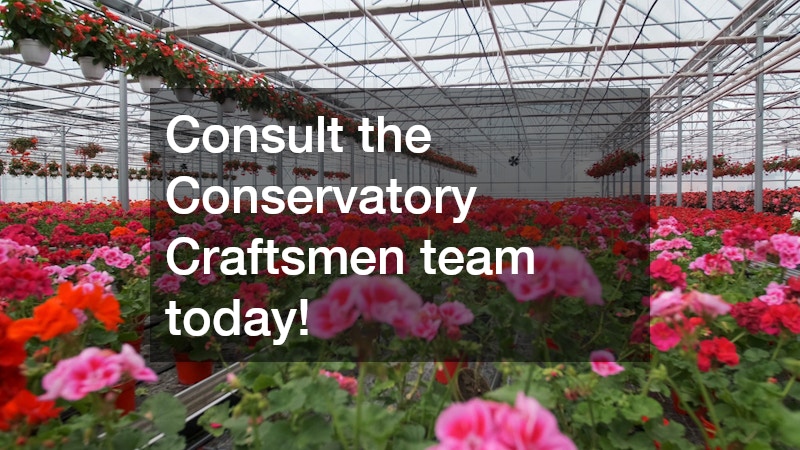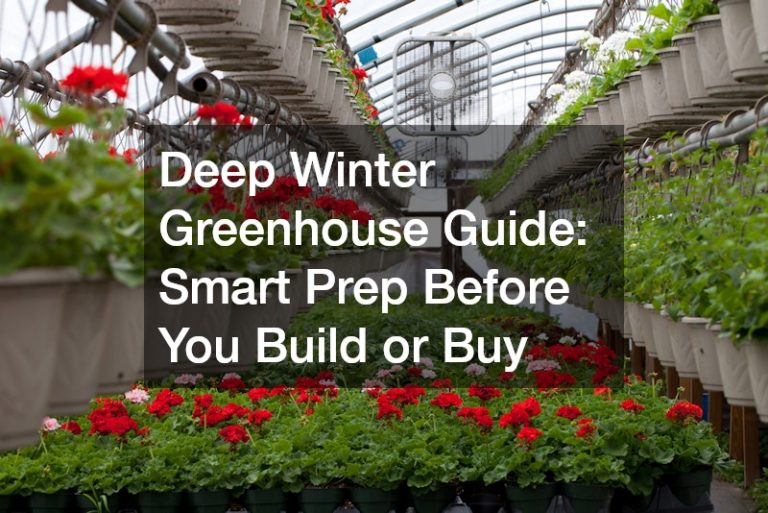Deep winter greenhouses (DWGs) offer an innovative solution for year-round gardening, particularly in colder climates where traditional gardening methods falter as temperatures plummet. These specialized structures provide a controlled environment that utilizes solar energy quite efficiently, ensuring not only the survival but the thriving of plants during the harshest winter months. Opting to build or purchase a deep winter greenhouse opens the door to continuous food production, increased self-sufficiency, and the joys of nurturing life despite snow and ice blanketing the landscape outside. Proper preparation, however, is pivotal in successfully establishing a DWG, safeguarding both your investment and your vision.
Before embarking on the journey of acquiring a deep winter greenhouse, it’s crucial to thoroughly evaluate certain aspects that determine the efficacy and sustainability of your greenhouse endeavor. This forethought will help you sidestep common pitfalls, optimize performance, and ensure that this venture is cost-effective and tailored to your specific needs. By meticulously preparing now, you’re setting the groundwork for a flourishing winter garden. If you’re inspired to begin, consider contacting Conservatory Craftsmen for expert guidance and services in building your ideal deep winter greenhouse, designed to meet the unique challenges and opportunities presented by your locale.
What Are the Key Factors to Consider Before Building or Buying a Deep Winter Greenhouse?
Understanding Climate and Local Conditions
Climate and local conditions are two of the most critical components that influence the design and functionality of a deep winter greenhouse. Every geographic area has its own set of weather patterns, temperature ranges, and sunlight exposure, all of which must be accounted for in the planning stages. These factors dictate the types of materials, the insulation strategies to be employed, and the kinds of crops that can be successfully cultivated. A thorough understanding of your local climate will guide you in tailoring your greenhouse to withstand environmental challenges specific to your region.
Your geographical location affects not only the ambient temperature that the greenhouse needs to moderate, but also potential risks like snow load and wind exposure. Greenhouses in northern climates, where sunlight is limited during the winter, may need configurations different from those in southern regions. Tools like historical weather data analyses and local climate consultations are indispensable for creating a greenhouse designed to thrive year-round. This detailed knowledge not only aids in structural design but also impacts decisions regarding energy efficiency and sustainability.
By taking the time to analyze climate specifics, gardeners can make informed decisions that enhance the longevity and productivity of their greenhouse. Understanding these conditions minimizes the risk of structural failures or plant losses due to unexpected weather events. As you plan, consider consulting with local greenhouse builders or experts, like those at Conservatory Craftsmen, to leverage their experience and gain insights into tailoring a DWG that dovetails with both your horticultural aspirations and regional demands.
Budgeting for Construction and Maintenance Costs
One of the primary considerations for any greenhouse project is budget. The costs associated with building a deep winter greenhouse can vary widely depending on size, materials, and additional features desired. Thus, establishing a clear and comprehensive budget from the outset is crucial. This budget should cover not only the initial construction costs but also ongoing maintenance expenses such as heating, electricity, and potential repairs. Overlooking these can lead to unforeseen financial strain that might compromise the operation of your greenhouse.
When forming a budget, consider both high and low-cost components of DWG construction. The type of glazing used, insulation methods, and heating systems can greatly influence the overall cost. It’s also vital to factor in operational costs over the greenhouse’s lifespan, anticipating increases in utility costs. Incorporating energy-efficient technologies can help mitigate some of these ongoing expenses, making the greenhouse more sustainable in the long term. Additionally, grants or subsidies for renewable energy use may provide financial relief and should be explored as part of your planning process.
By investing time in precise budgeting, potential greenhouse owners can prioritize spending, ensuring their resources are aligned with their goals. Engagement with professionals, such as the team at Conservatory Craftsmen, can provide valuable advice to help align your budget with your vision, optimizing both the investment and operational phases of your greenhouse venture.
Choosing the Right Location
Selecting the ideal location for your deep winter greenhouse is paramount to its success. The chosen site must maximize sunlight exposure, particularly during the winter months when daylight is scarce. Ideally, the greenhouse should be oriented towards the south to capture the maximum amount of solar gain. The surrounding landscape, including potential shade from trees or buildings, will also affect light availability and should be carefully evaluated. Adequate sunlight not only enhances plant growth but also helps in passive heating, reducing energy costs associated with artificial heating solutions.
In addition to sunlight, other location-specific factors must be considered. The ground on which the greenhouse will be built should be stable, with good drainage to prevent water pooling that could affect the structure’s integrity. Accessibility is also a key factor; the site should be easily reachable year-round to facilitate maintenance, harvest, and the transport of materials and crops. Proximity to utilities and resources such as water and electricity will further streamline operations and reduce logistical challenges.
By selecting an optimal site, you can significantly impact the overall efficiency and productivity of your deep winter greenhouse. This stage of planning is a practical application of your understanding of local climate conditions, ensuring that your greenhouse is positioned for optimal performance. Consulting with knowledgeable resources like the Conservatory Craftsmen team can provide insights and evaluations that might be overlooked, leading to a location choice that enhances your greenhouse’s potential for success.





